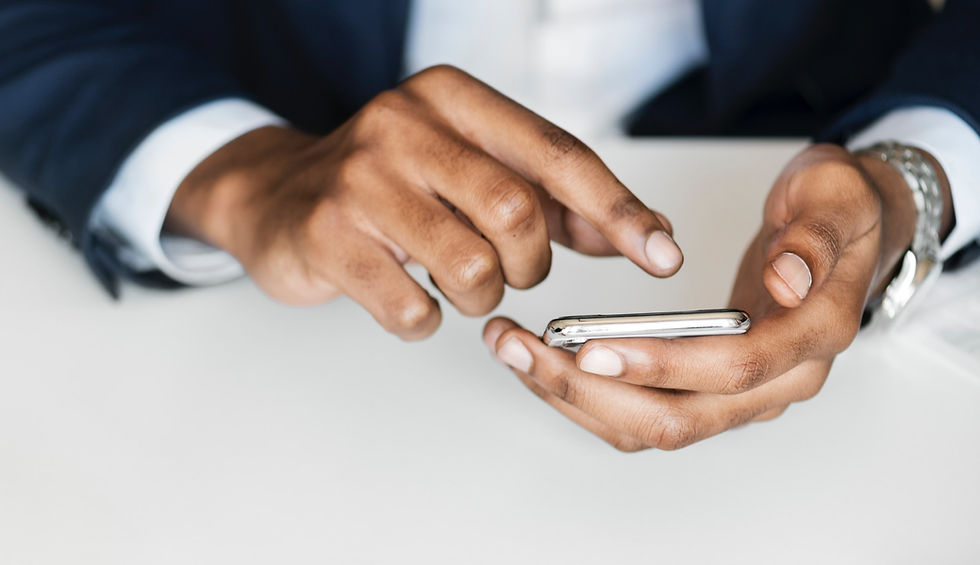Multi-Factor Authentication
- Imogen Warnes
- May 3, 2022
- 3 min read
Updated: Feb 10
Factoring It In: The importance of Multi-Factor Authentication

Multi-factor authentication (MFA) may be a mouthful to say, but it’s an easy and effective way to enhance your security. Simply put, MFA is an additional security measure that uses multiple credentials to verify your identity.
Most of us enter a username and password to access our accounts, which is an example of single-factor authentication (SFA).
Think of SFA like having one lock on a door. MFA goes one step further, combining two (or more) of the following attributes to deliver an extra layer of security:
Something you have, such as a phone, computer or flash drive
Something you know, like a username, password or PIN
Something you are, which is verified through a fingerprint, retina scan or voice recognition.
If you’ve ever taken money out of an ATM you’ve used MFA. Here, the machine requires you to enter something you have (your debit card), plus something you know (your PIN) before it will give out any cash.

The why of MFA: 3 reasons to use MFA to protect yourself
In addition to safeguarding your financial information and medical records, there are three good reasons why MFA is an important security measure.
1. Passwords alone are too weak
Hackers can easily steal your credentials from a vulnerable webpage or use brute-force attacks (trial-and-error) to figure them out. And if you use the same password for all of your accounts, you’re basically giving cybercriminals a VIP pass to your personal data. When you’re protected with MFA, a hacker may have your password and still be barred from your account because they can’t pass the second level of verification.
2. Receive alerts when something’s suspicious
Your accounts may be compromised without you knowing right away, leading to a domino effect of data theft.
If you have MFA enabled, you’ll be notified of any suspicious activity on your accounts. Typically, this comes in the form of an email that asks you to verify or deny a login attempt. If it wasn’t you, you can take action and tighten your security measures.
3. Prevent identity theft
Fraud losses cost consumers billions of pounds each year. With our increasing reliance on digital, identity theft has quickly become one of the fastest-growing crimes.
If hackers get hold of personally identifiable information (PII) like your ID number, name, telephone number or email, they can sell it, hold it for ransom or use it in any number of different ways. Just imagine how much damage they can do when they have access to your identity!

How do I set up MFA?
Many organisations may only offer MFA as an addition that you can enable yourself. For example, services like Apple ID, Google, Twitter and banking websites either require you to set MFA up at sign-on or allow you to turn it on later in your security settings.
Overall, you’ll find that MFA is quite common and easy to set up. Check out a given app or site’s settings and you’ll often find it waiting for you.
Subscribe here to be the first to know about new blog posts and the latest cyber security news.
We are dedicated to helping our clients to develop strategies to protect their organisation's data, people and future. Our services focus on guiding and assisting clients to achieve Cyber Security certifications through assessments, testing and training.
For more information visit our main website here.





